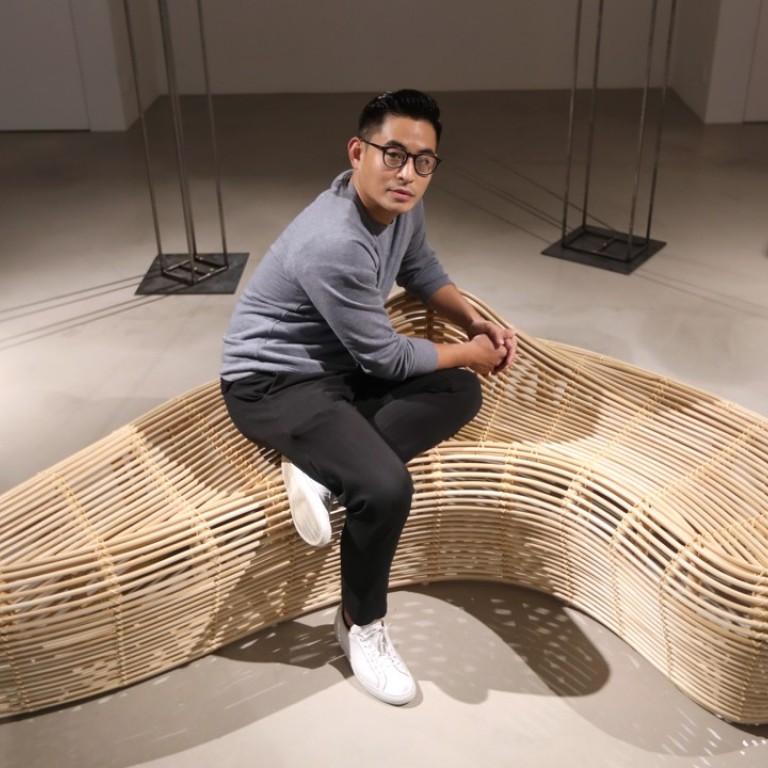
Modern Asian design shines in Hong Kong pop-up exhibition
Collectible Design exhibition hopes to increase the exposure of Asian design in Hong Kong
Do modern Asian designers have to forgo regional elements in their work to be considered contemporary? Yes and no, says Ivan Pun, of lifestyle and culture consultancy Pun+Projects.
Pun has curated pop-up exhibition Collectible Design (starting on Oct 17) featuring Asian-designed furniture and other homewares. The Hong Kong exhibition, curated in collaboration with online art gallery The Artling, champions materials from around the region.
Shanghai’s newest selfie magnet is an egg-themed pop-up installation
An example of the Asian influence can be seen in design studio alvinT’s use of rattan in two exhibits. “This is obviously a vernacular material and even though it’s moulded in a very contemporary way, it is of course a very Asian material,” Pun says.
Jakarta-based designer Alvin Tjitrowirjo, who founded alvinT in 2006, is one of 18 Asian designers whose works will be on display at the exhibition at The Factory in Wong Chuk Hang.
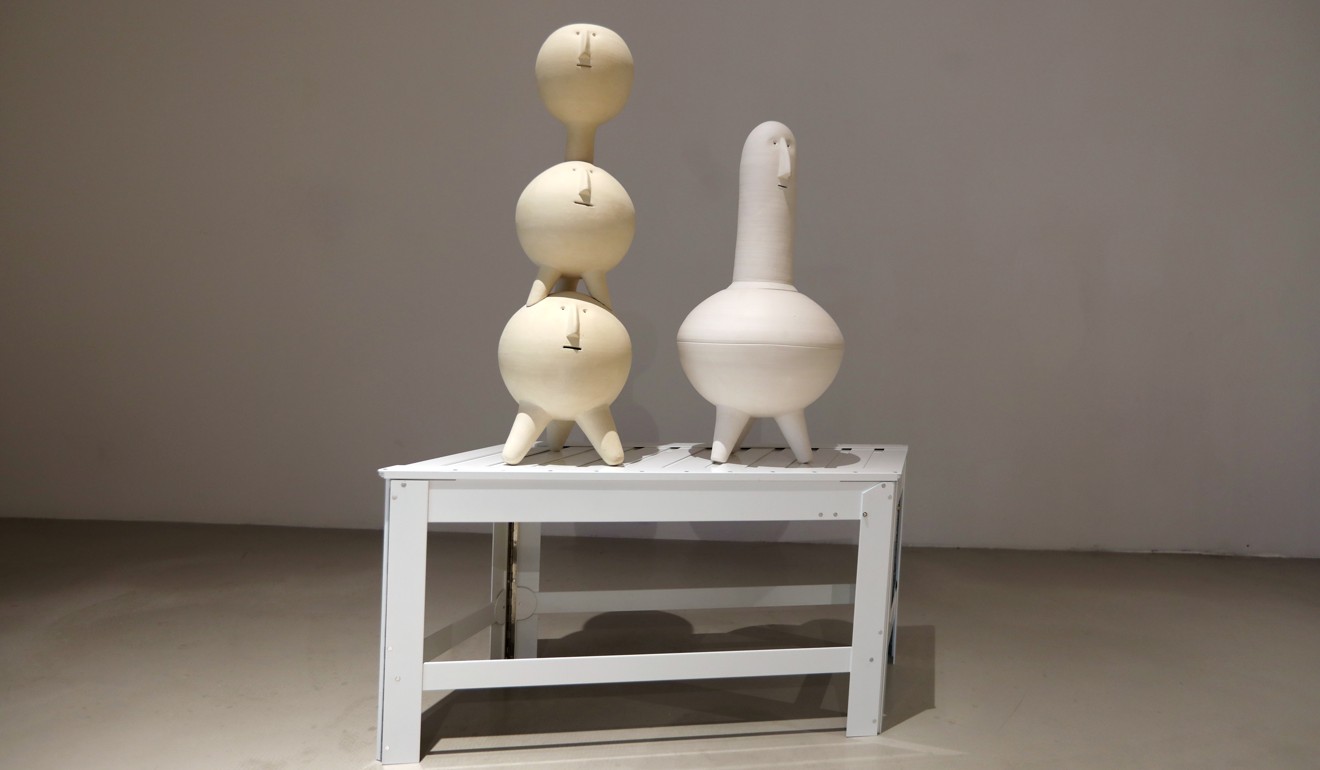
Pun chose a selection of items for the exhibition from The Artling’s website.
“Online is a primary platform and people are able to see things, but at the end of the day, it’s also important to experience objects and to occasionally do these exhibitions where people can come and see it and touch it and feel the weight of it,” says Pun.
Pun has kept Hong Kong – and its small spaces – in mind when curating the exhibition. “I feel like Hong Kong people are often looking at decorative objects because most have limited space,” he says. “Scale in Hong Kong is an issue and people gravitate towards things that are smaller and easy to fit into their environment.”
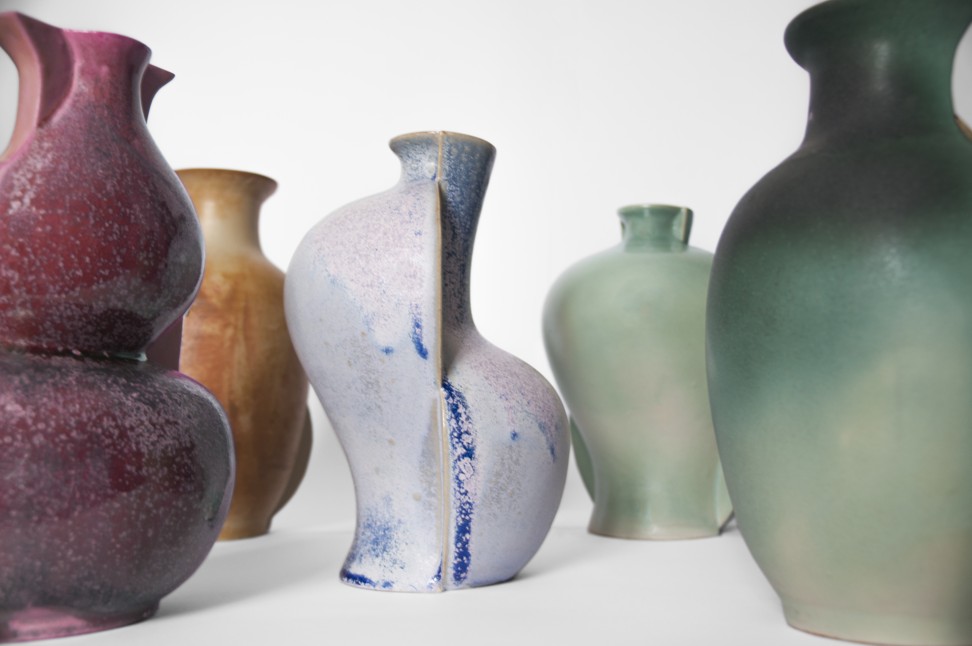
He points to side tables, made with lava stone, aluminium and copper, by Chinese design brand Bentu, and the Split Vase, by Hong Kong designers Lim + Lu, that plays with the shape of Ming vases.
Also exhibiting vases (as well as mirrors) is Thai design studio Patapian, whose contemporary designs are crafted using bamboo and fine weaving techniques.
Cantonese teacher’s new Mallorca home celebrates her 30 years in China
Then there are the playful clay statues of Indian designer Aman Khanna, of Claymen, and more vases, this time in sterling silver, by Japanese sculptor Kei Tominaga.
The collapsible side tables by Korean designer Jongha Choi address small spaces directly. “They are aluminium stools and tables that look 2D when flat,” says Pun, showing their versatility by picking up a piece and effortlessly converting it into a usable 3D format.
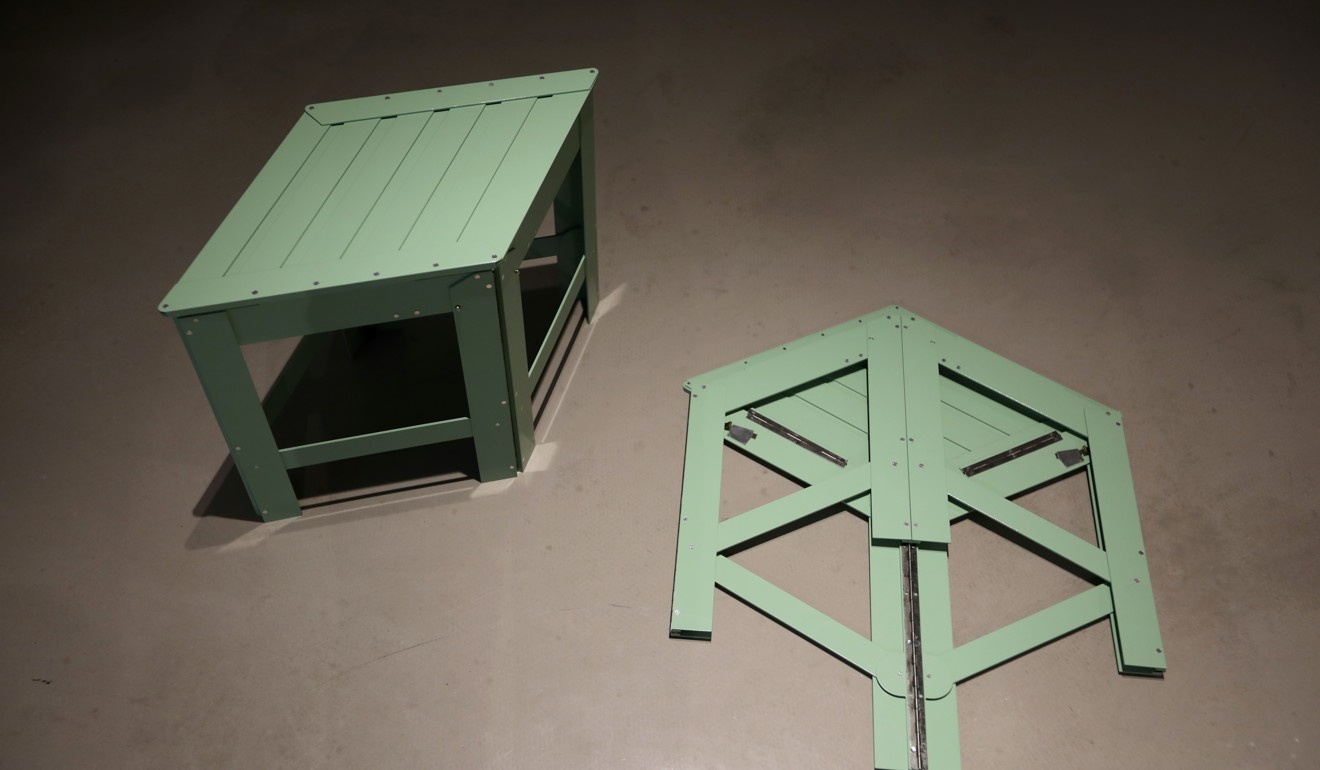
The items range in price: accessible pieces include Studio KDSW glassware starting at US$26, and US$100 bookends made from granite and marble, exclusive to The Artling, from Thai design studio Fabuless.
At the other end of the price scale are the natural lacquer stools by Korean designer Ok Kim (ranging from US$4,500 to US$7,000) and imposing teak tables by Parabawga, Pun’s own wood workshop in Myanmar (also from US$4,500 up to US$7,000).
“I love our product because it’s a real celebration of Burmese craft and traditional materials,” says Pun, whose company also operates restaurants in Yangon and Hong Kong, and is involved with other creative ventures.
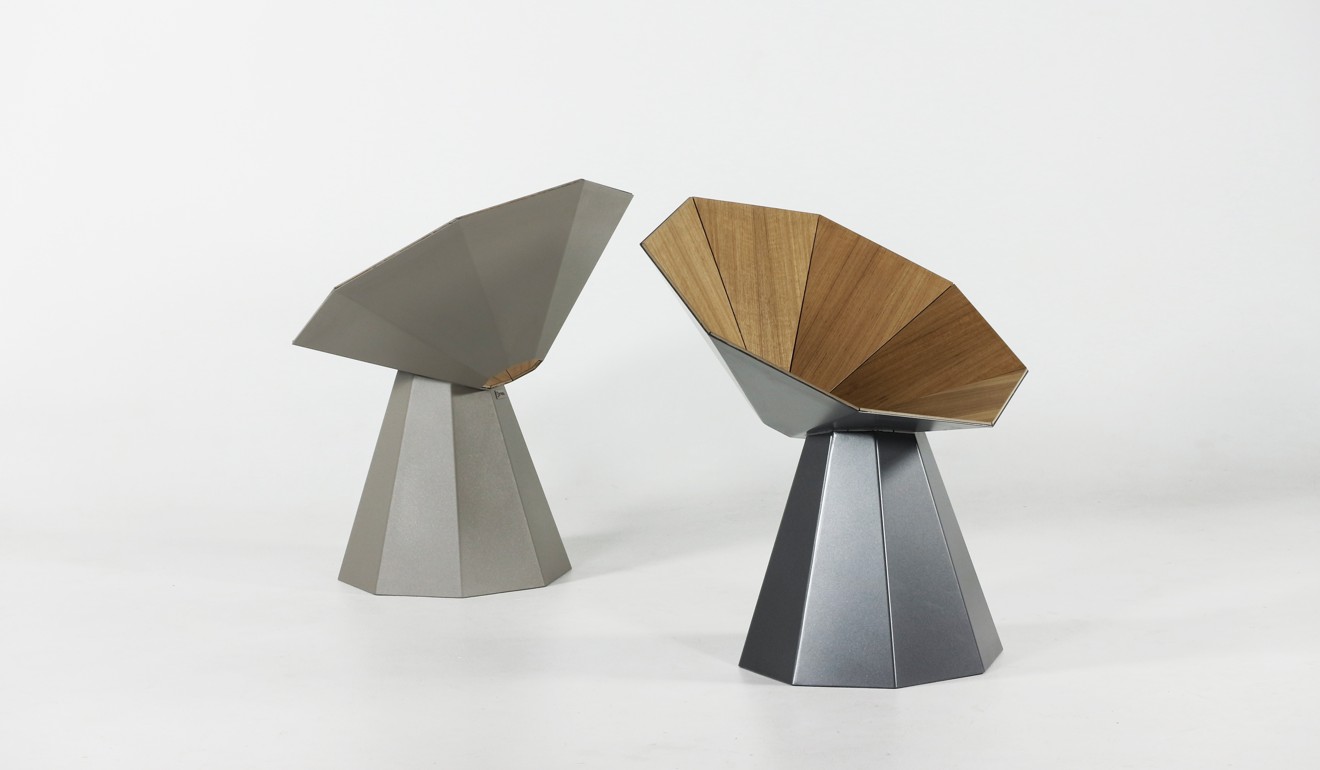
There are also several limited edition pieces including vibrant epoxy resin stools from Korean furniture design studio Cleverclaire, and steel and teak furniture from Thai product design house SSTEEL.
While several designers were familiar to Pun, he discovered a number of a new ones during the curation process. “There’s so much out there. It takes a project like this to really be exposed to some of the designers working today,” he says. “Hong Kong is quite a new market for contemporary Asian design. A lot of the interest in design and homewares has focused on larger European manufacturers, so more independent, contemporary designers don’t have a real opportunity to showcase their work here.
“But I think things are changing. We have seen a cultural shift in Hong Kong where we have gone from a very outward-looking perspective, always trying to know what the latest trends are, to having a much deeper interest in the areas around us.”
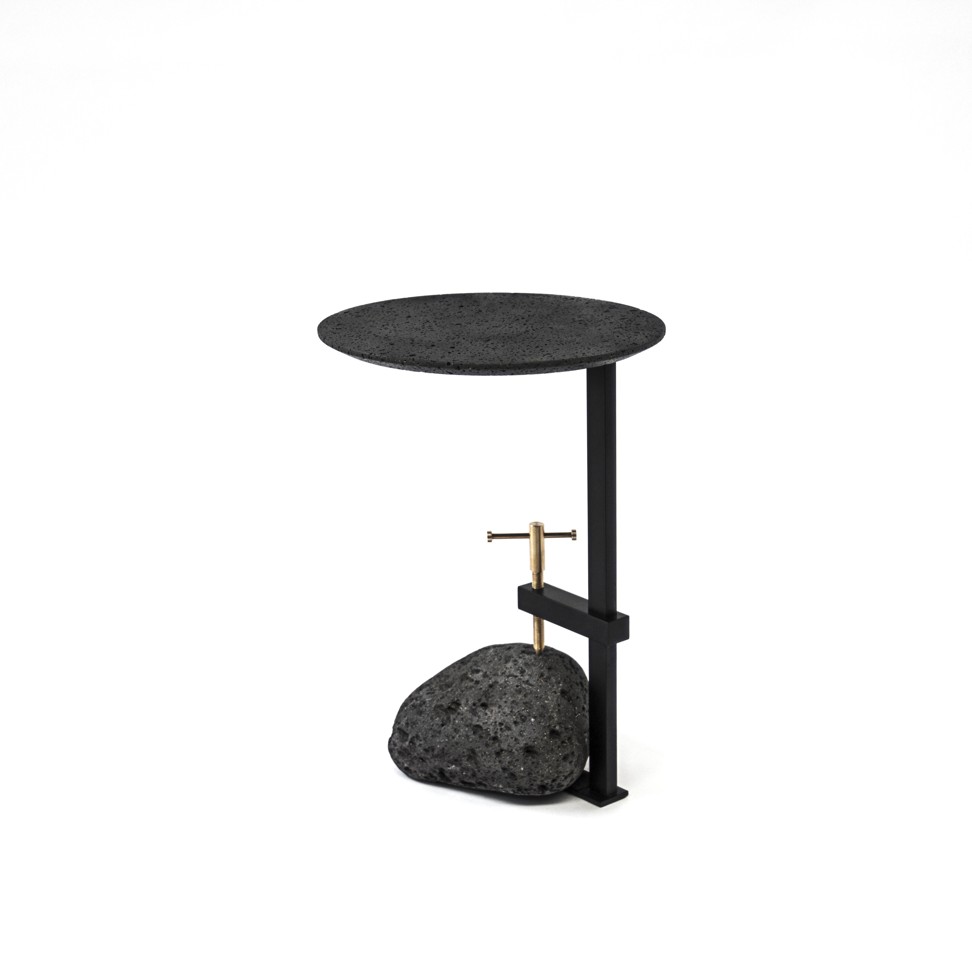
Pun hopes to collaborate further with The Artling to increase the exposure of Asian design in Hong Kong and to introduce consumers to new realms of design.
“We are trying to find a new way of showing design that is sustainable, and doing a focused pop-up is maybe an effective way,” he says.
Collectible Design runs from October 17 -28 at 202, The Factory, 1 Yip Fat Street, Wong Chuk Hang. The exhibition is open Tuesday through Sunday from 11am to 6pm.

